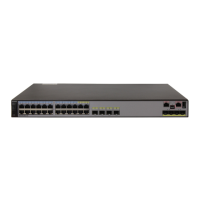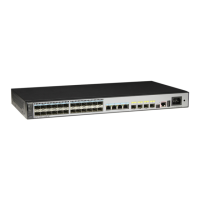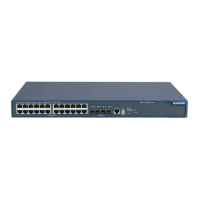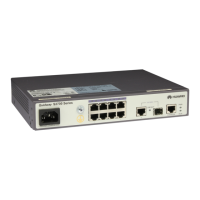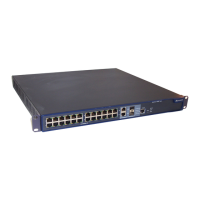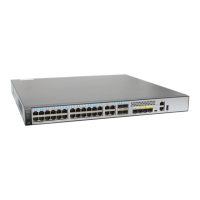OptiX OSN 7500
Technical Manual - System Description 6 Data Features
Huawei Technologies Proprietary
6-16
Node 1
Node 3
Dual-ring
2.5 Gbit/s RPR
FE
FE
GE
Node 2 Node 4
Traffic Tunnel Destination
Port1+VLAN 2
VC
200 Node 2200
Port1+VLAN 3 300 Node 3300
Port1+VLAN 4 400 Node 4400
FE
VLAN 2
VLAN 3
VLAN 4
VLAN 4
VLAN 3
VLAN 2
Figure 6-14 EVPL service convergence
2. EVPLAN
The EVPLAN service supports traffic classification based on port or port + VLAN, and
encapsulates and forwards the traffic in the form of MPLS VMAN. The EVPLAN
service is realized by creating virtual bridge (VB) in the board. Each board may have
up to 32 VBs, each of which has 16 logic ports. VB supports source MAC address
learning and static MAC route configuration. Figure 6-15 shows an example of
EVPLAN service. The VB of each node determines the forward port of packets
through address learning, rpr1 is the port to access packets to the RPR. For node 1, if
the destination address is A1, the packet is forwarded through port 1; if the destination
is A2, the packet is forwarded through port 2. If the destination is B1, B2 or C1, the
packet is forwarded through port rpr1 to the RPR, added with a VMAN label being 100.
Node 2 forwards packets in the same way.
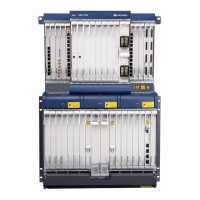
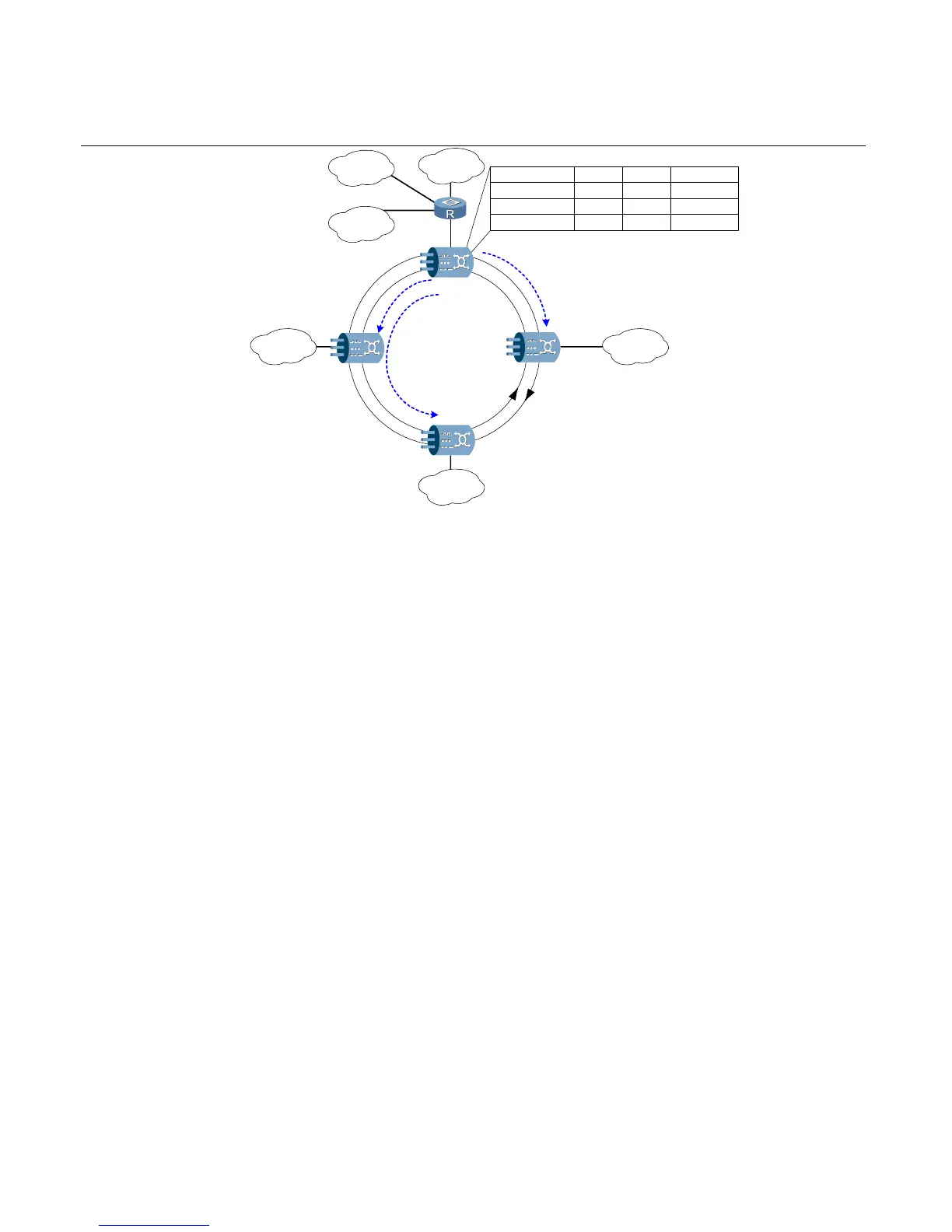